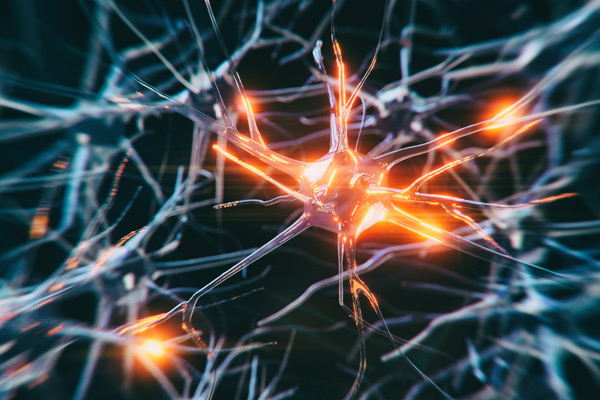Nerve Entrapment
What is Nerve Entrapment (Pinched nerve)?

A pinched nerve, or Nerve Entrapment, is usually caused by a combination of both joint and soft tissue problems. Joints that have been overused or out of alignment (Subluxation) can cause irritation, entrapment, and 'pinching' of the nerves around them. Repetitive use of muscles can cause the same type of pinching and entrapment, leading to restricted movement, decreased function, and pain. Over time, the joints and muscles become weak and very stiff causing the nerve in that area to become entrapped. This entrapment restricts the nerves from sliding through and around muscles and other structures in the body, which can result in stabbing pain, numbness and weakness. This nerve entrapment can lay undetected for months or years. Next, seemingly out of nowhere, the patient makes the wrong move while sleeping, bends to pick up a pencil, or just takes a minor misstep while walking, and then the entrapment pinches the nerve and causes severe muscle spasms and pain.
Dr. Pete has studied Nerve Entrapment protocols using the Active release Technique since 2005. He is highly trained on how to first identify pinched nerves and nerve entrapments by using differential palpation. Along the course of a nerve path, it can become entrapped anywhere starting at the nerve root near the spine all the way to the small branches of nerve endings. Once identified as the cause of the entrapment, the problem is then treated using one of 40 advanced Active Release Technique protocols in order to release surrounding soft tissues to help facilitate nerve slide through the tight structures. A release of the entrapment, or pinched nerve, will help restore normal function and nerve signals to the nerve.
A common example of a pinched nerve is Sciatica. Many people suffer with Sciatica and just think it is a low back issue. The Sciatic nerve is made up of 5 nerve roots from the Lower Lumbar (L4 and L5) and Upper Sacral (S1, S2, S3) spine. These 5 nerve roots come together in the upper Gluteal region to form the Sciatic Nerve. This nerve then travels down the back of the leg controlling the nerve signals to the hamstring, lower leg, and foot. This Sciatic nerve can become entrapped anywhere along its path until the nerve endings finish in the foot. An entrapment in the calf muscle could cause a tugging or pulling on the nerve during Hip movement for example. Unfortunately, many patients suffer for years with Sciatica because nerve entrapments in the lower leg muscles or Piriformis muscle in the Gluteal region go untreated. Active Release Technique Nerve Entrapment protocols can locate the problem and release the nerve to glide smoothly again restoring proper mobility and decrease pain.
